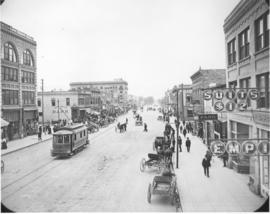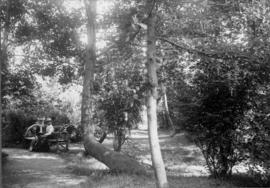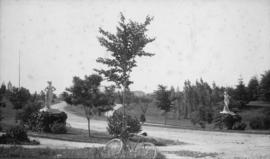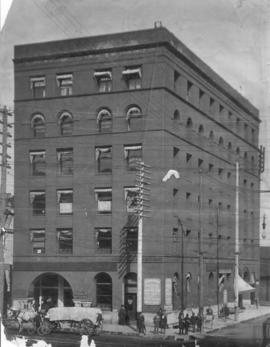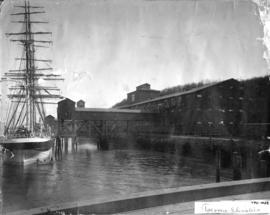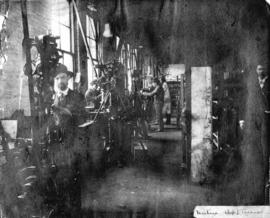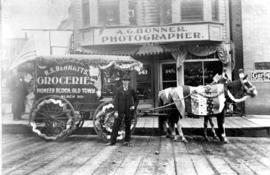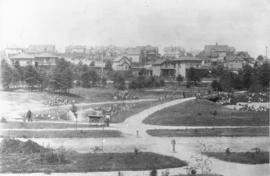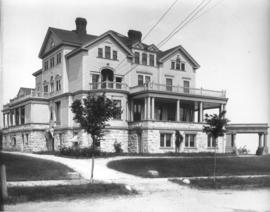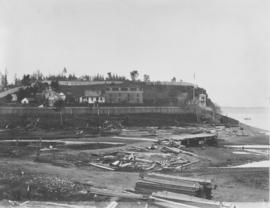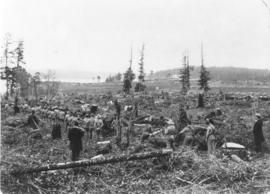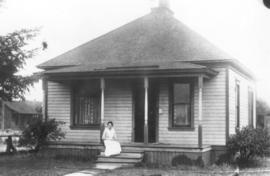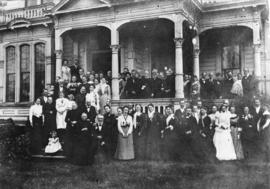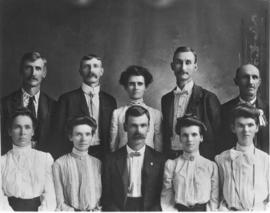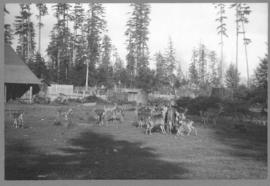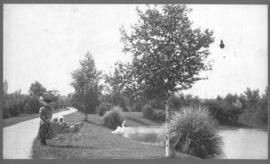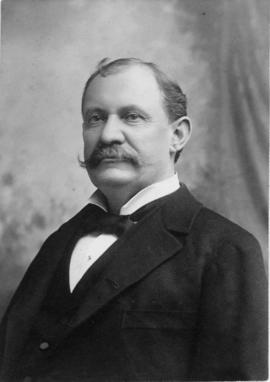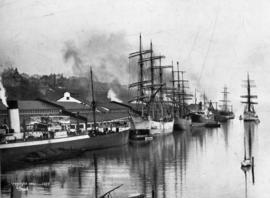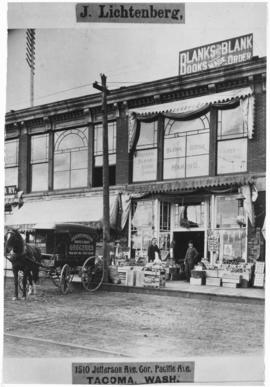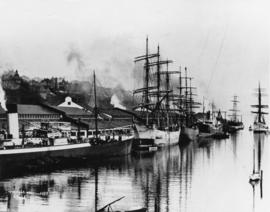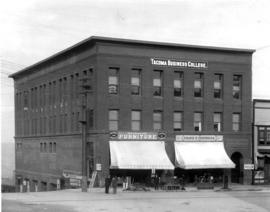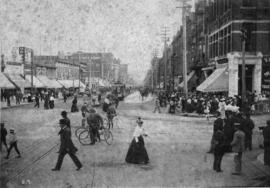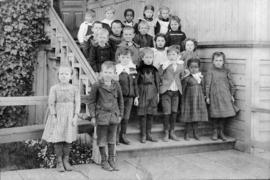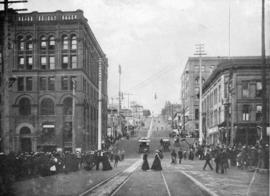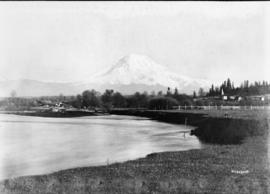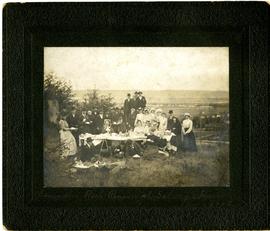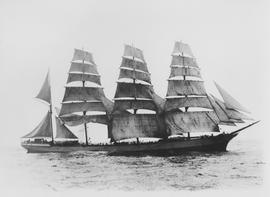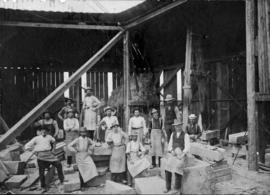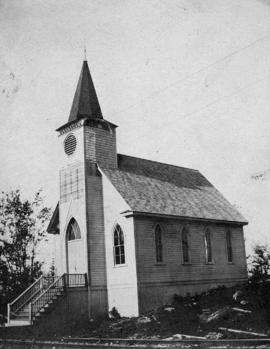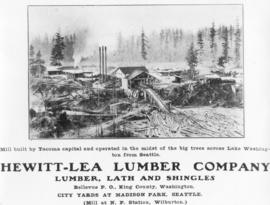ca. 1900. John W. Linck was elected mayor of Tacoma April 7, 1908, succeeding mayor George P. Wright. According to author and historian Herbert Hunt, the campaign was highly contested. Mr. Linck, Republican nominee, (often called by the honorary term, "Colonel" due to his able duty on the Union side of the Civil War) was victorious, defeating Mr. Wright by a vote of 6,840 to 4,799. Mayor Linck was born in 1843 near Madison, Jefferson County, Indiana. Prior to his arrival in Tacoma in 1898 as a special agent for the U.S. Treasury, John Linck had been a school teacher, attorney, justice of the peace, prosecuting attorney, U.S. commissioner, Indiana legislator, city attorney, prison director, postmaster and lastly, mayor of Madison. He would also serve as a police judge and justice of the peace in Tacoma. In 1901 the Linck family moved to 817 North J St., the previous home of Tacoma pioneers John and Virginia Mason. There neighborhood children were welcomed, including a very young Bing Crosby and siblings. ALBUM 16. (Hunt: Tacoma Its History and Its Builders, II, p. 225-26; Prosser: A History of Puget Sound Country, II, p. 236-38) (G1.1-104)
Linck, John W.; Mayors--Tacoma--1900-1910
